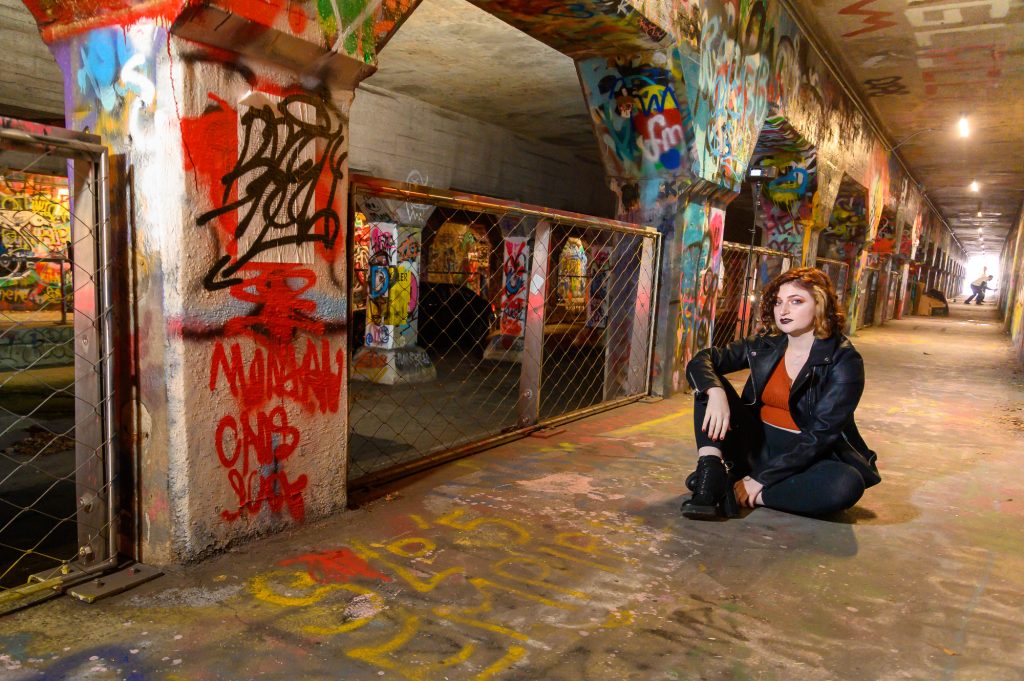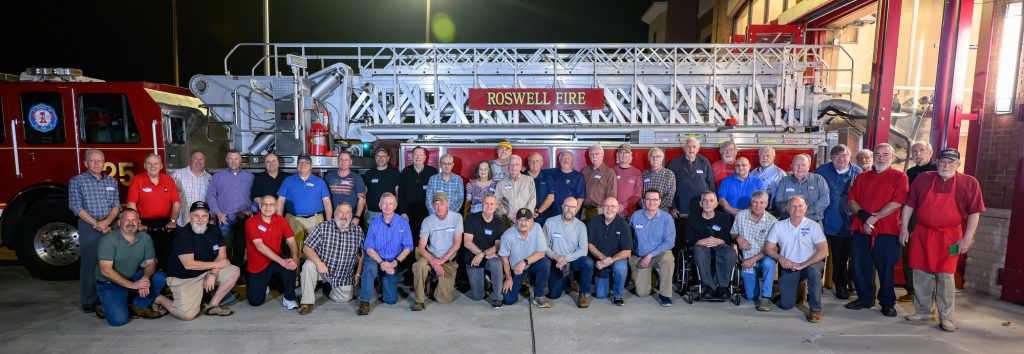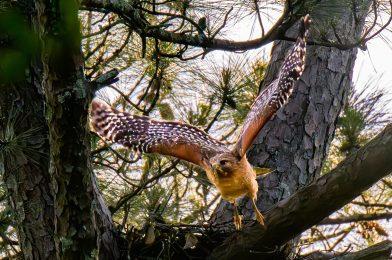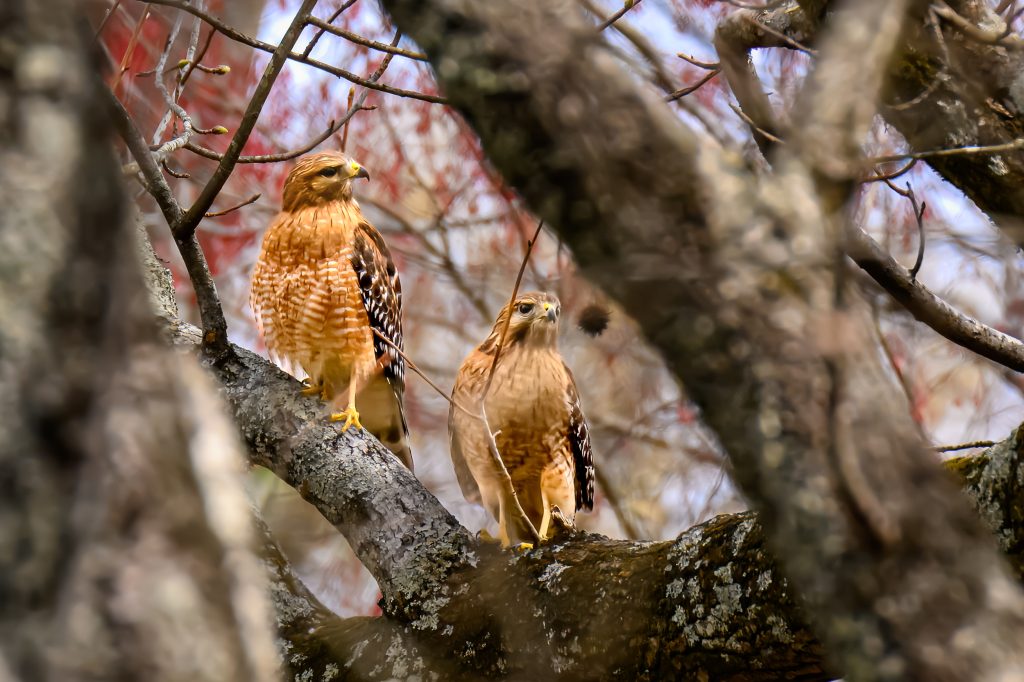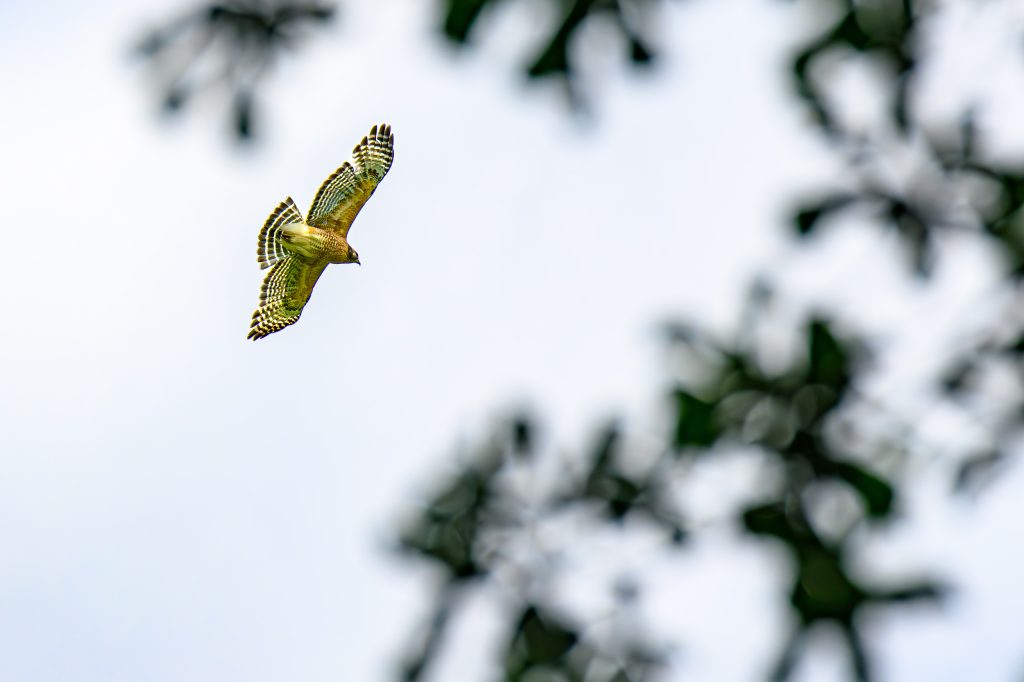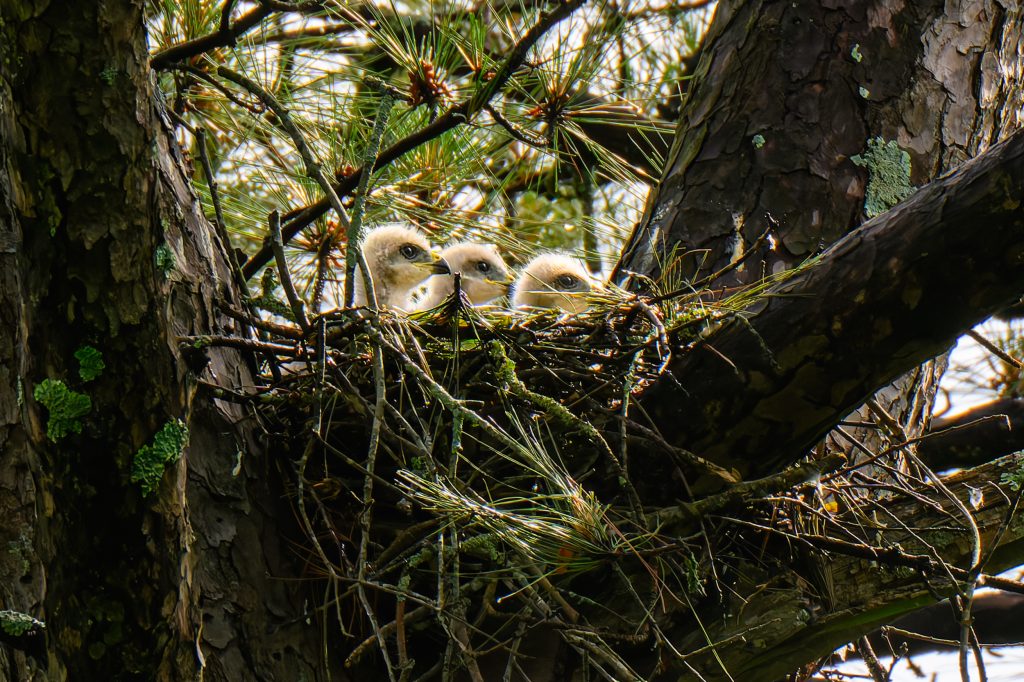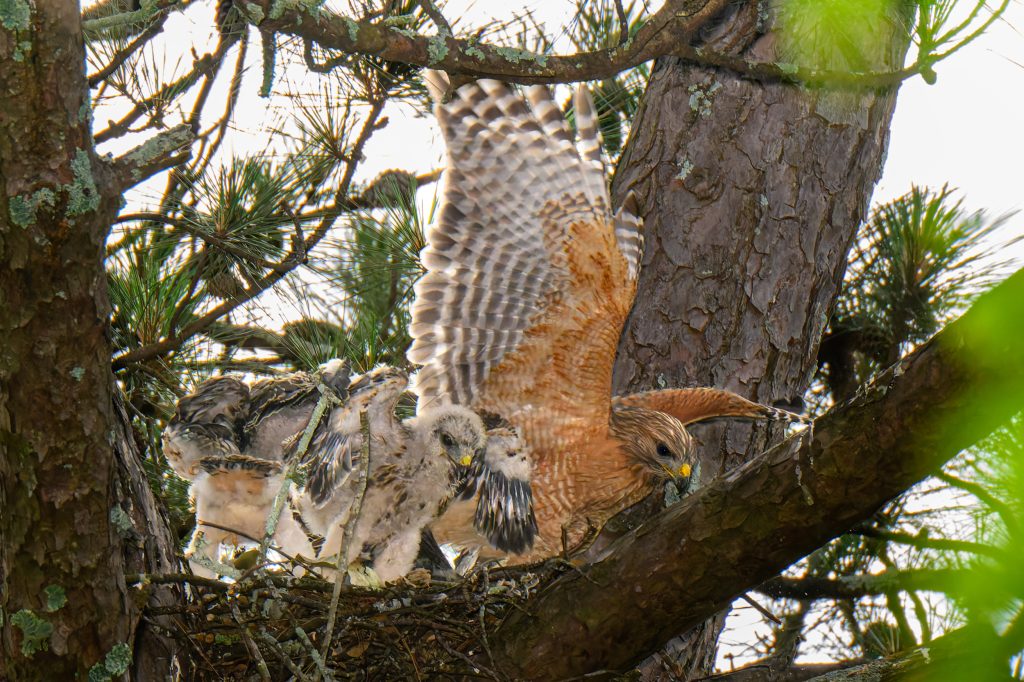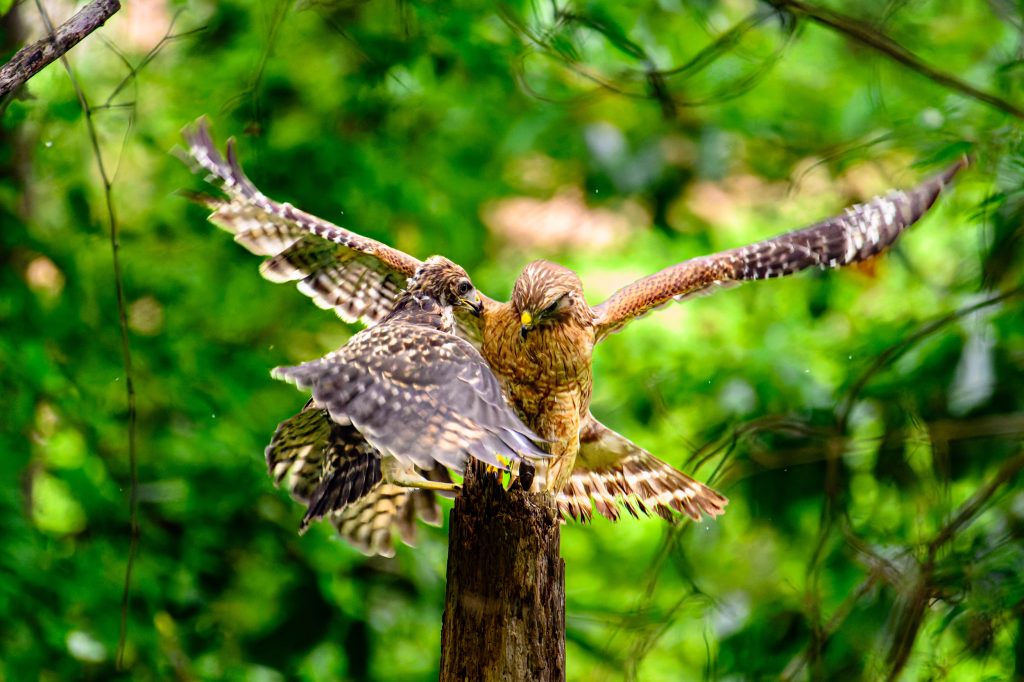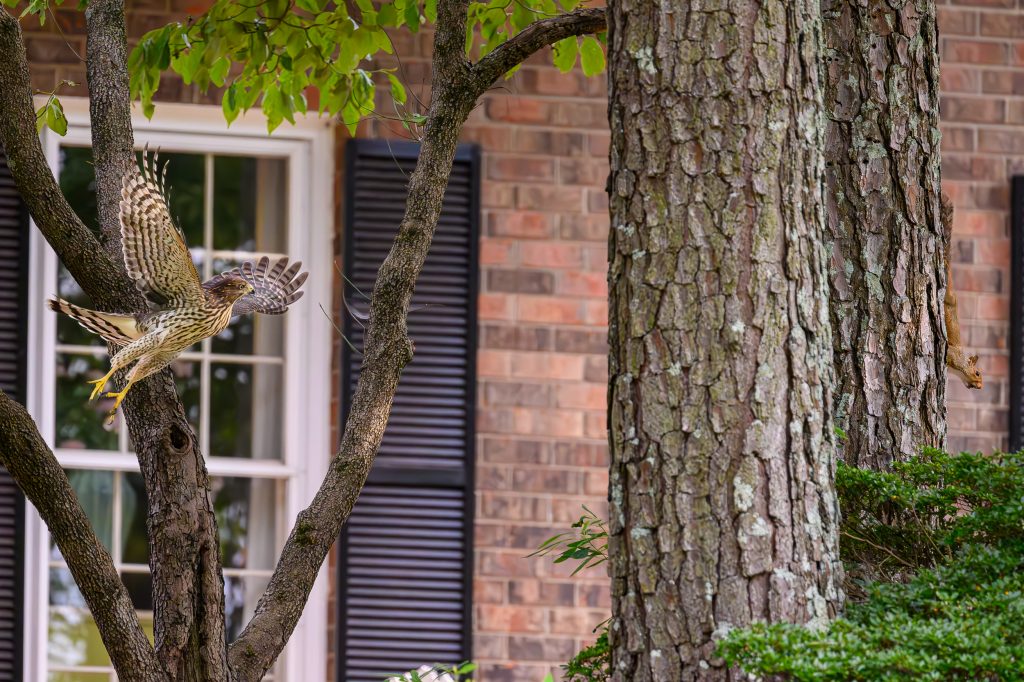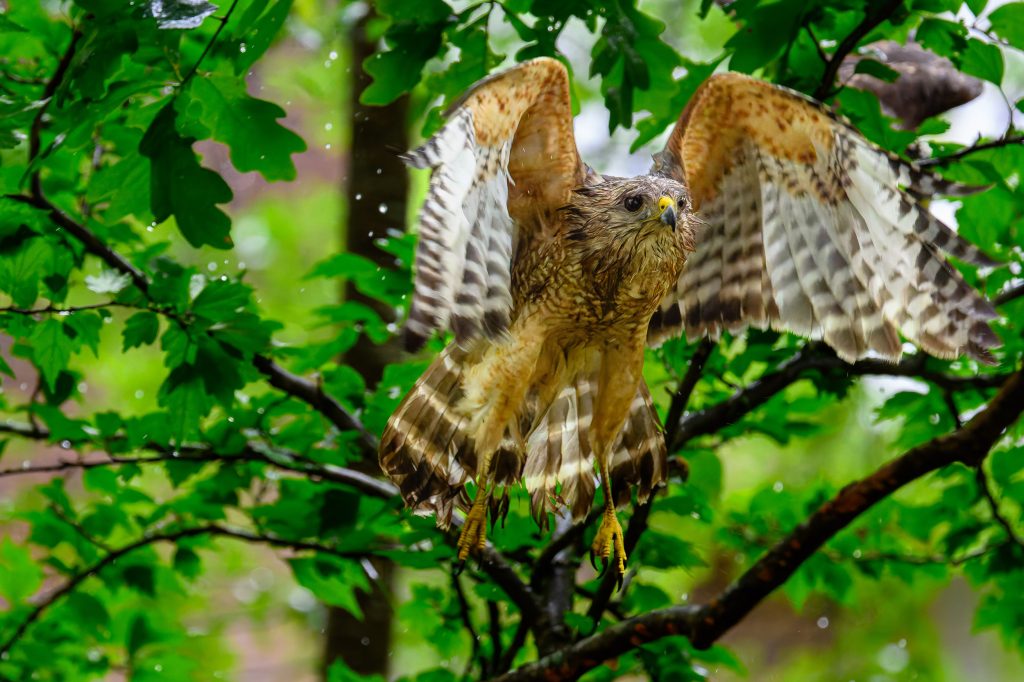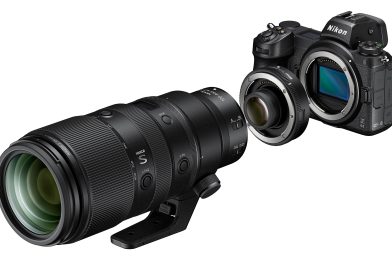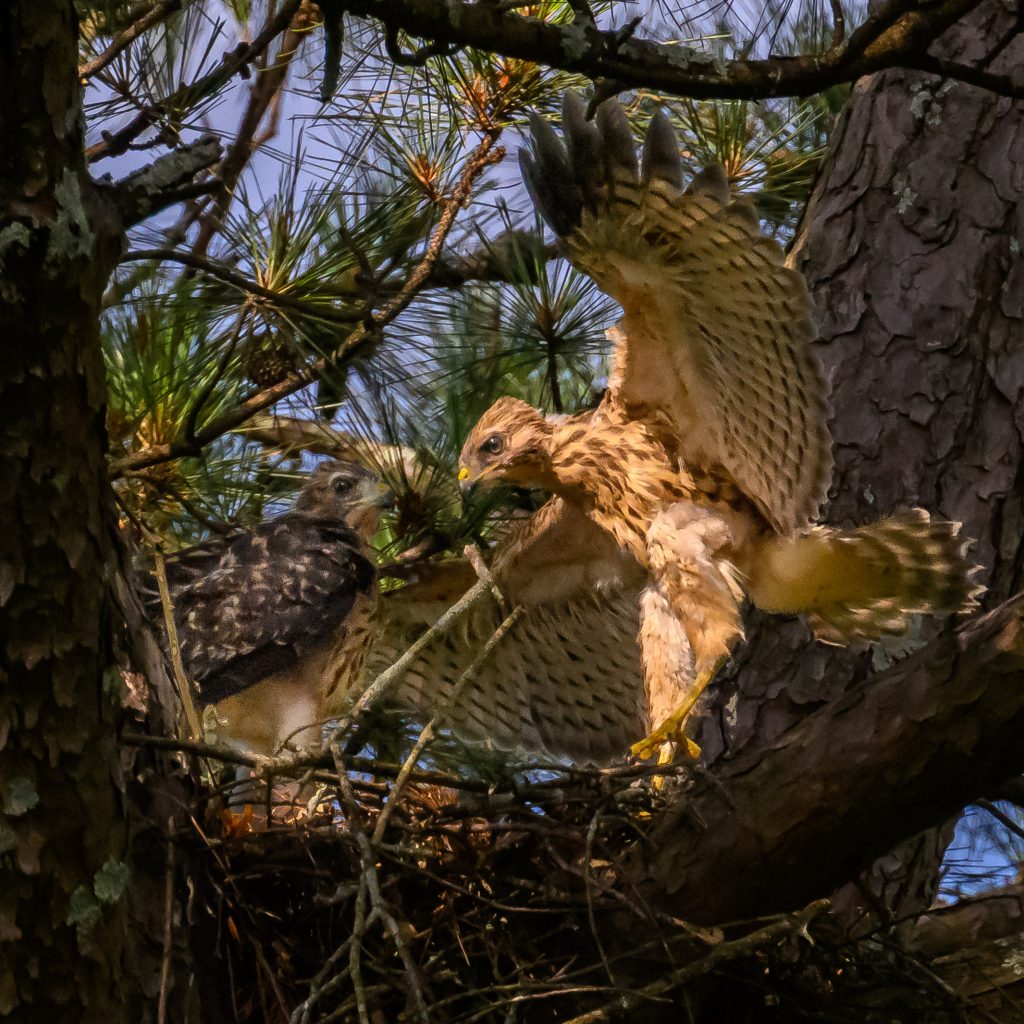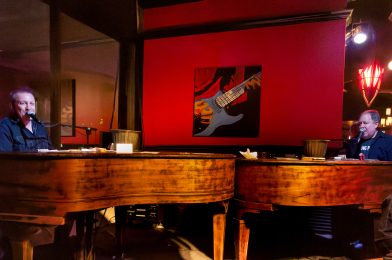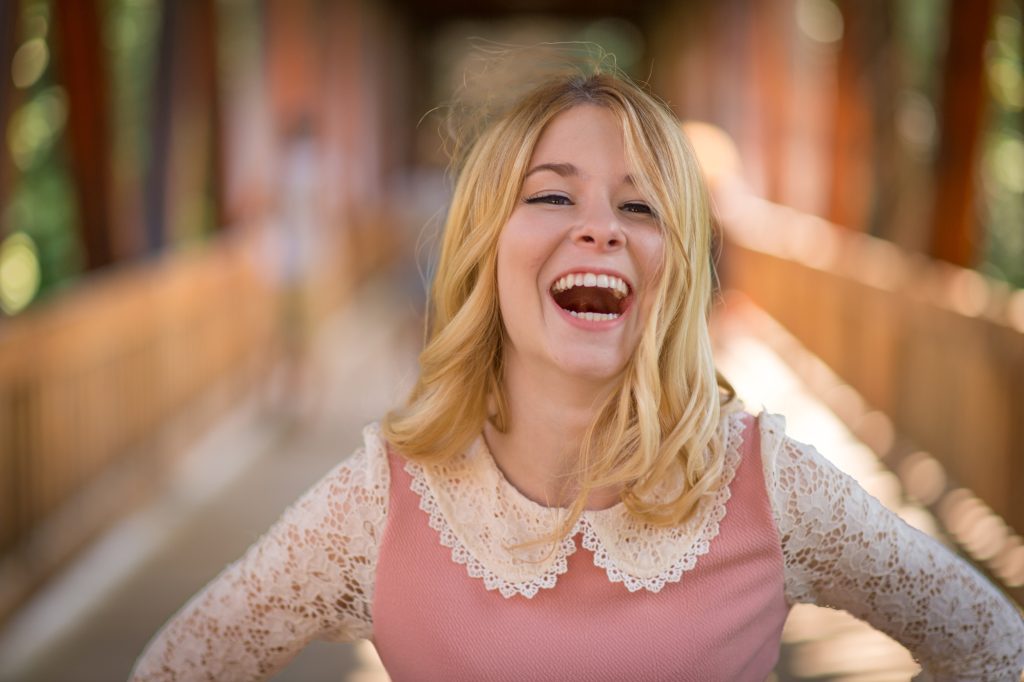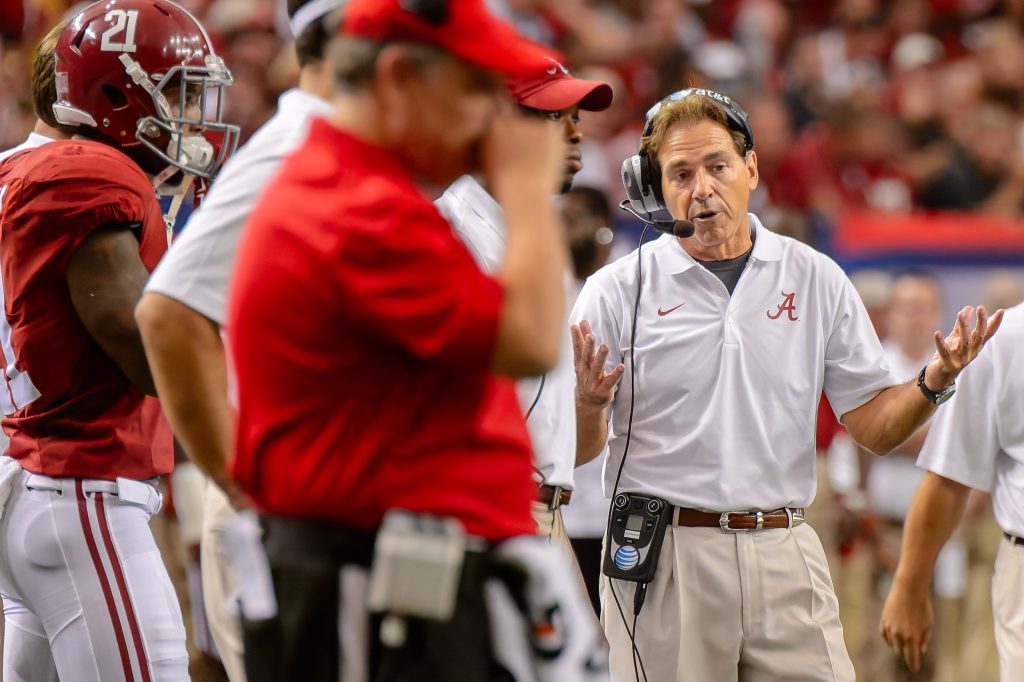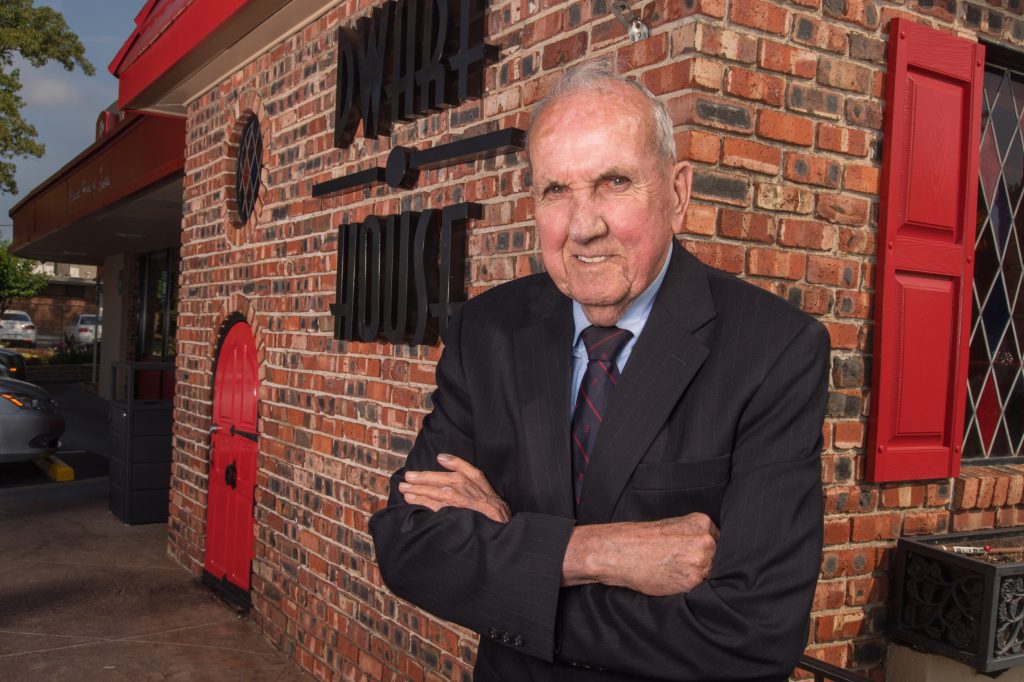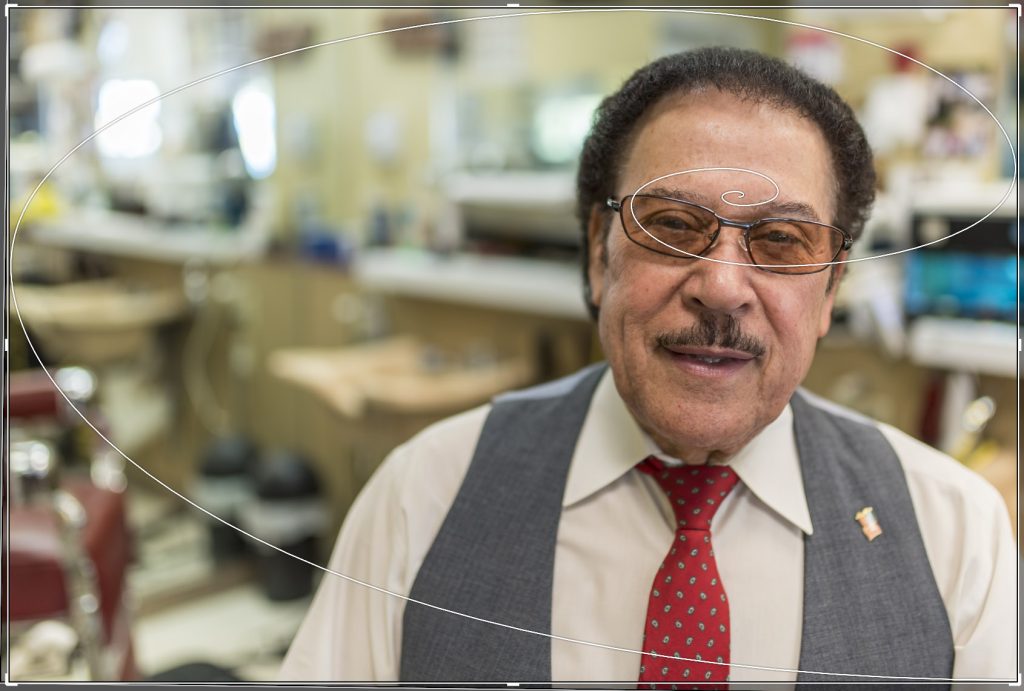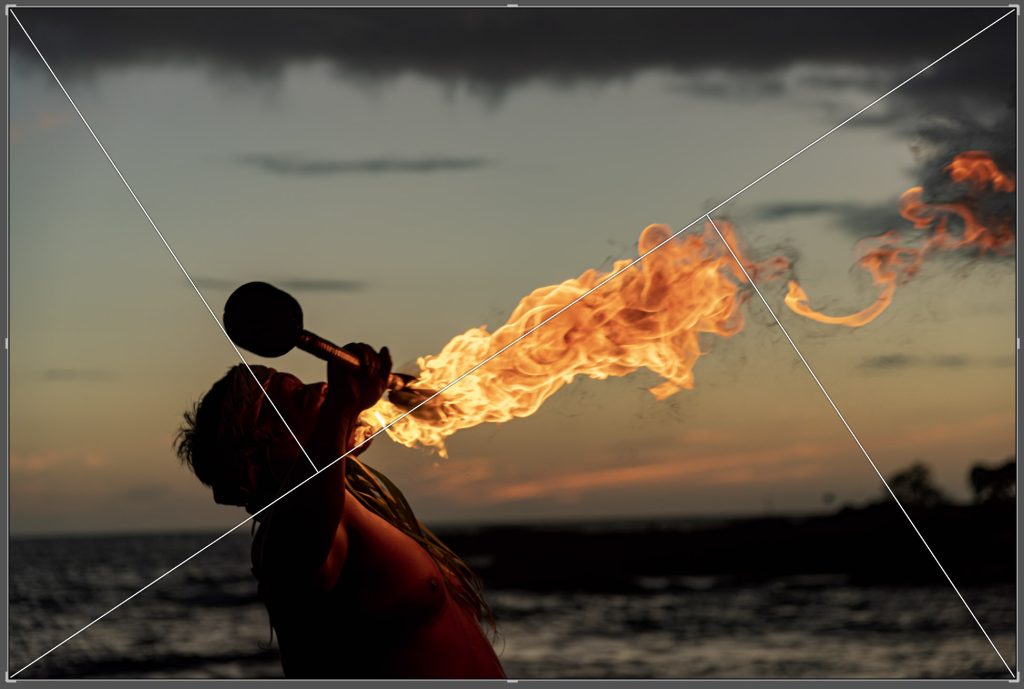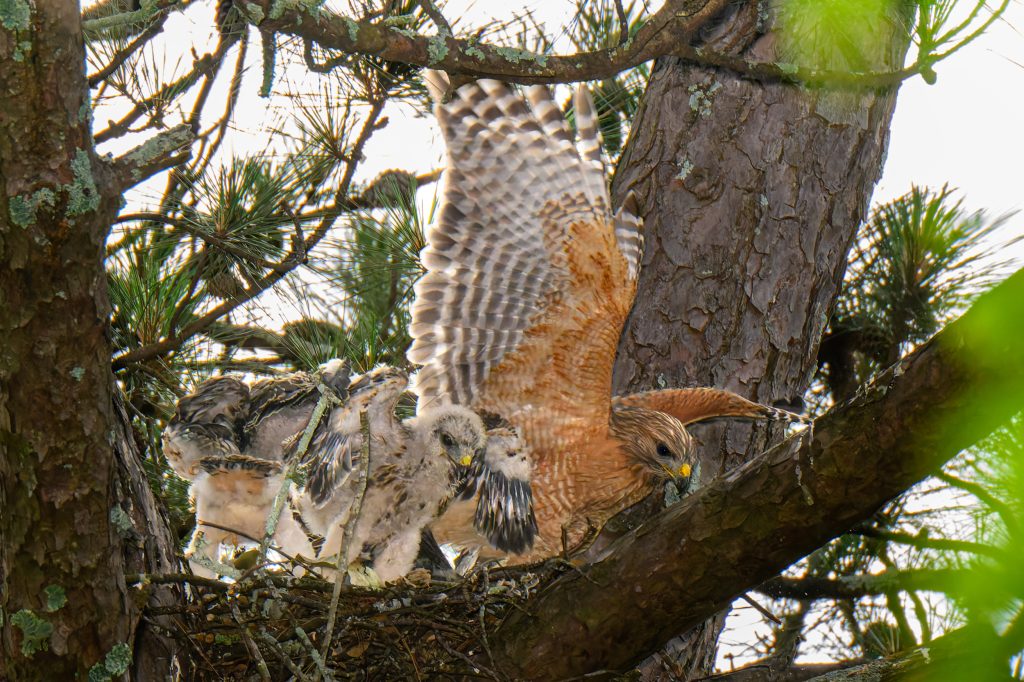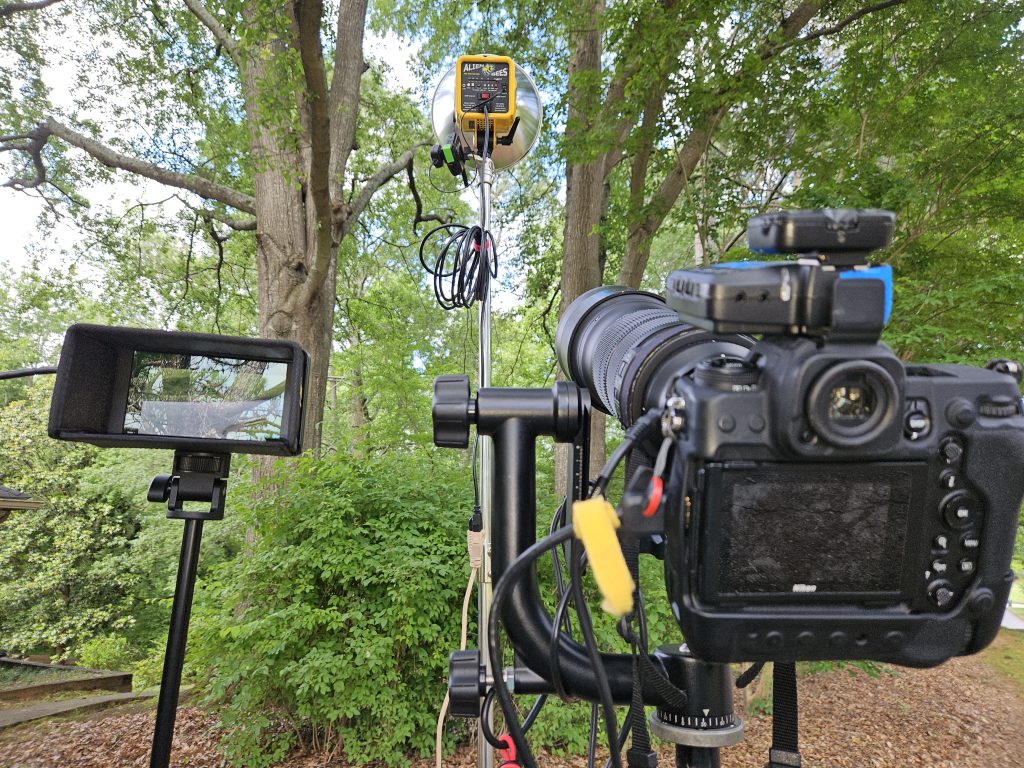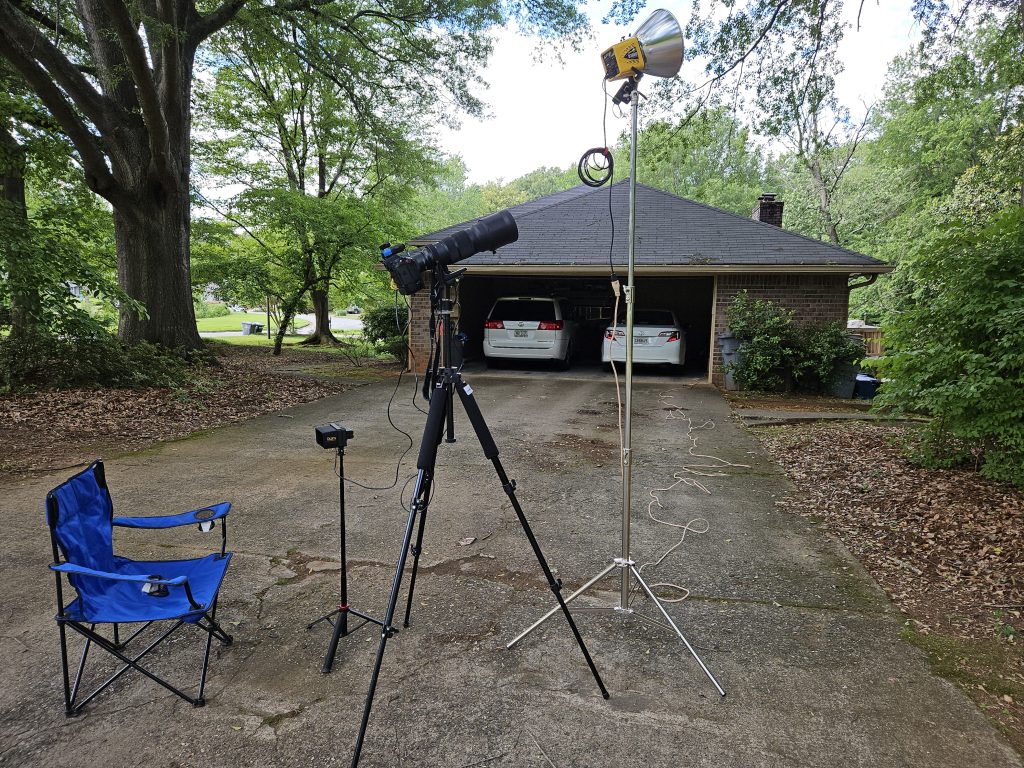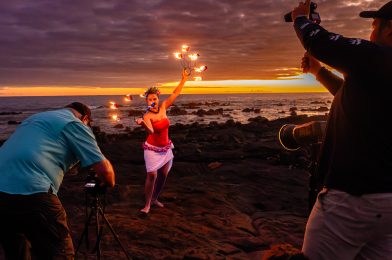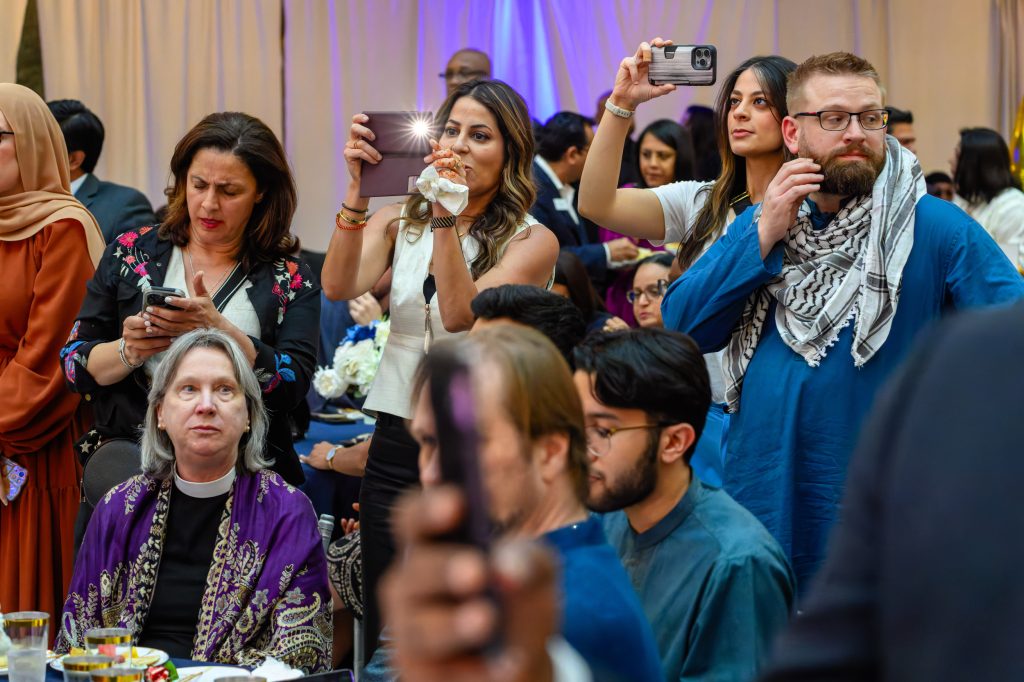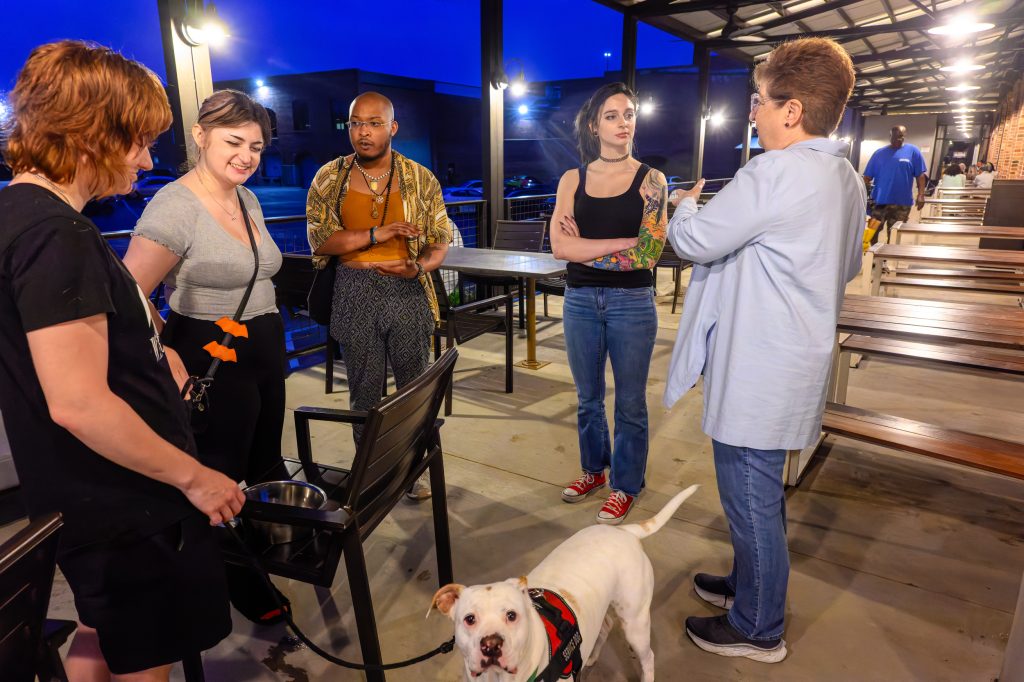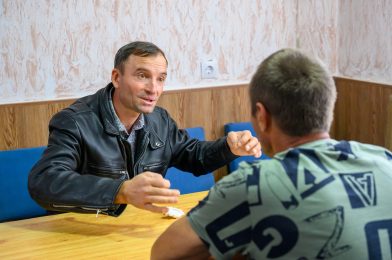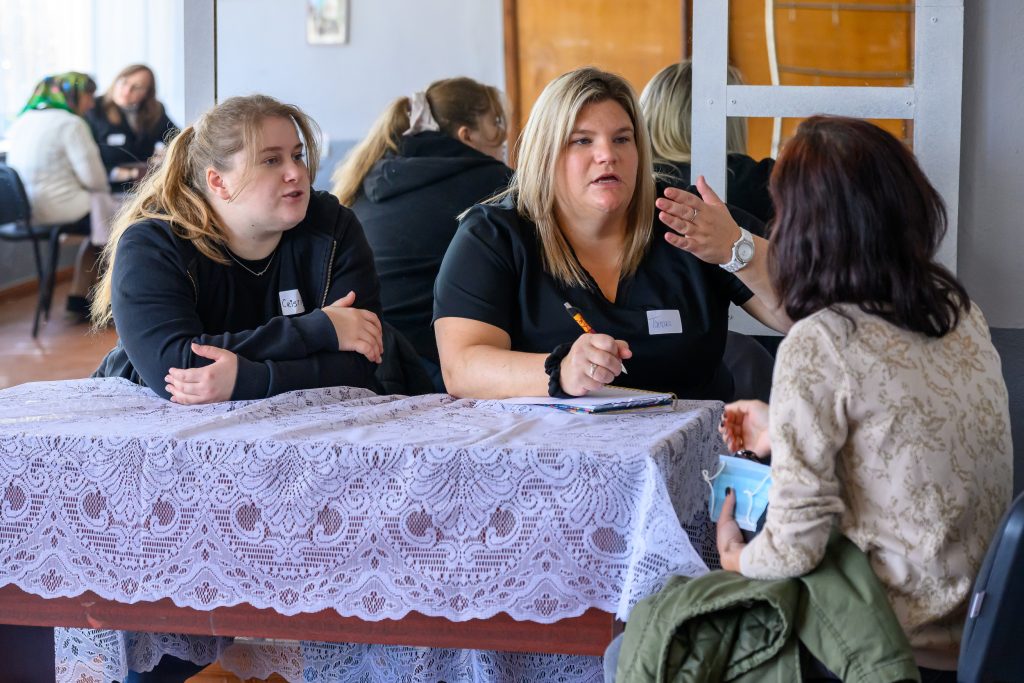The speaker uses a Plate Spinning entertainer to address the issue with the audience of having so many stressors in one’s job.
The photography industry has undergone significant changes over the past few decades, with each wave bringing challenges and opportunities. Photographers have faced numerous disruptions from the transition of film to digital, the commoditization of stock photography, the rise of smartphones, the impact of the pandemic, and the advent of artificial intelligence. But does this mean the professional photographer is a fading presence in society? Absolutely not. Here’s’ how professional photographers can stay in business and thrive in this evolving landscape.
Major Shifts in the Photography Industry
Transition from Film to Digital The shift from film to digital revolutionized how photographers work. It democratized photography by lowering entry barriers allowing more people to take up photography as a hobby or profession. However, it also meant photographers had to adapt to new technologies and workflows.
Stock Photography Market Changes Platforms like Getty Images, influenced by the tech industry and individuals like Bill Gates, commoditized stock photography, driving prices down. This made it harder for photographers to earn a living solely through stock images, pushing many to diversify their services.
The Rise of Smartphones High-quality smartphone cameras put powerful photographic tools into the hands of the masses. This increased competition and reduced the perceived need for professional photographers for casual and even some commercial photography needs.
The impact of the COVID-19 pandemic halted many in-person events, significantly impacting photographers who relied on weddings, conferences, and other gatherings. Even as the world has started to recover, many businesses have cut back on hiring photographers due to budget constraints or shifting priorities.
The Advent of Artificial Intelligence AI can now generate images and enhance photos, presenting both a threat and a tool for photographers. AI-driven tools can assist in editing and managing images, but they also raise concerns about the authenticity and value of human-created photography.
Thriving in the Evolving Photography Industry
Despite these challenges, there are several strategies professional photographers can employ not just to survive but thrive:
Embrace Technology and Continuous Learning Stay updated with the latest camera technology, editing software, and AI tools. Use these advancements to enhance your work, streamline your workflow, and offer new services that add value for your clients.
Specialize and Differentiate: Find a niche where you can excel and stand out. Whether it’s commercial photography, portraiture, event photography, or a specific style, being known for something unique can set you apart from the competition.
Offer a Full-Service Experience Go beyond just taking photos. Provide end-to-end solutions, including pre-production planning, post-production editing, and even marketing services for your clients. Storytelling, which I excel at, is a powerful tool for connecting with clients and creating lasting value.
Build Strong Relationships Networking and maintaining solid client relationships can lead to repeat business and referrals. Personalized service and excellent customer experiences can make a big difference in client retention.
Leverage Social Media and Online Presence Use social media platforms to showcase your work, tell your story, and engage with a broader audience. A solid online presence can attract new clients and create additional revenue streams through print sales, workshops, and more.
Diversify Your Revenue Streams Explore different ways to monetize your skills. This can include teaching photography workshops, creating online courses, selling prints, or offering consulting services for businesses looking to improve their visual branding.
Focus on Authenticity and Quality In a world flooded with images, high-quality, authentic photography stands out. Focus on producing work that resonates emotionally and tells compelling stories. This can create a strong connection with your audience and clients, making your work more valuable.
Conclusion
While the landscape for professional photographers has undoubtedly changed, opportunities still abound for those willing to adapt and innovate. You can survive and thrive in today’s photography industry by embracing new technologies, honing in on your unique strengths, and continuously finding ways to add value to today’s clients. As a storyteller and brand builder, I’ve seen firsthand the power of authentic, compelling photography. It’s about keeping up with the times while staying true to the art of storytelling through imagery.
Here’s to thriving in the ever-changing world of photography!
Feel free to connect with me, Stanley Leary, for personalized photography services and workshops that can help you elevate your visual storytelling and branding. Together, we can navigate this dynamic industry and create impactful stories that resonate.



